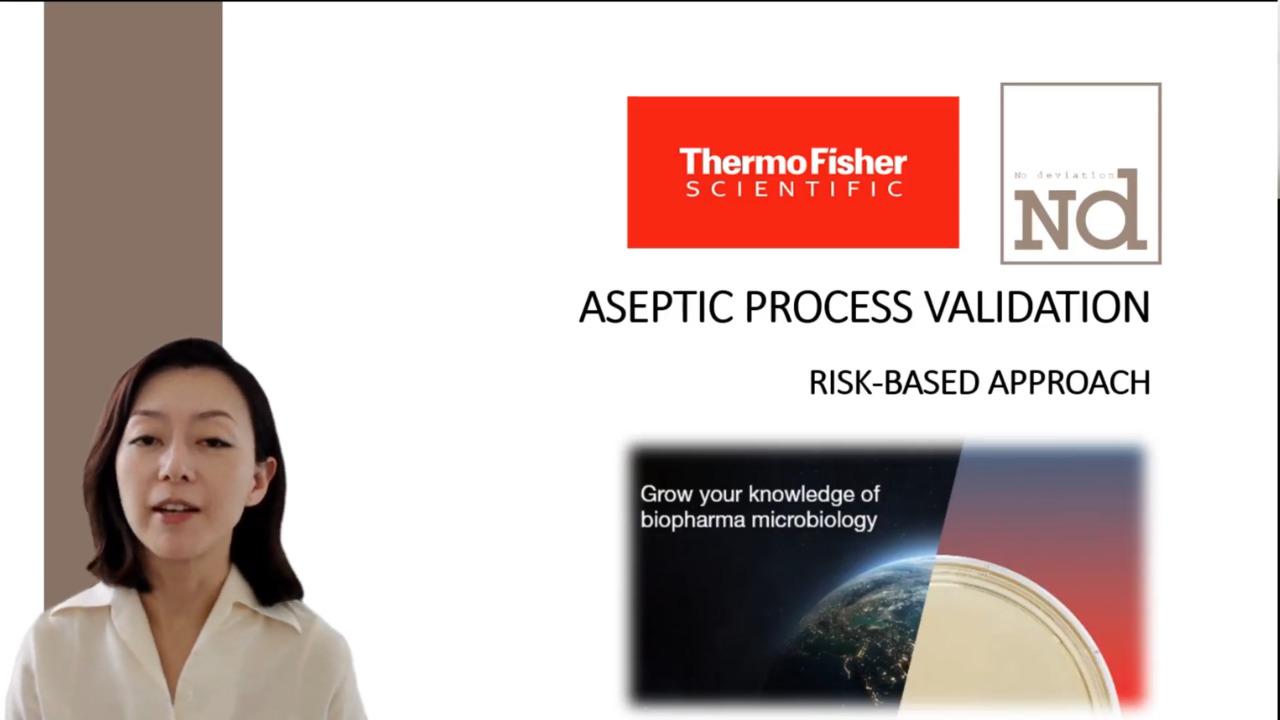Confidence in your aseptic simulation process is confidence in your contamination control strategy
Media fills are a crucial part in assessing the success of your contamination control strategy. These simulations replicate real-world manufacturing conditions, allowing for the detection and mitigation of potential contamination risks.
We know running a media fill can be resource-intensive, as they require careful planning, preparation, and execution to accurately simulate real-world production conditions. This process involves the use of specialized equipment, culture media, and trained personnel to conduct the tests, monitor results, and analyze data. Additionally, media fills may require significant time and effort for documentation and regulatory compliance purposes. However, the investment in media fills are crucial for ensuring the sterility of pharmaceutical products and therefore patient safety, making it a necessary component of quality assurance in the industry.
Developing a robust media fill protocol necessitates careful consideration of various factors to ensure accurate results, reliability and adherence to regulatory requirements.
Simulation conditions
A media fill program should address typical contamination risks present in production lines and evaluate the efficacy of process control measures. These simulations need to closely replicate actual aseptic manufacturing practices, incorporating challenging scenarios and conditions for a thorough assessment of sterility assurance protocols.
The identification of worst-case challenges related to line speed, container size, batch size, hold time, configurations, and operating conditions should be guided by risk assessment principles.
Timing and frequency
Media fills should be conducted during initial validation, including at least three consecutive satisfactory tests covering all working shifts.
Periodic revalidation should typically occur twice a year per process, filling line, and shift, with each operator participating in at least one successful Aseptic Process Simulation (APS) annually.
Additionally, media fills should be conducted after any significant modification to operational practices, facilities, services or equipment which are assessed to have an impact on the sterility assurance of the product (e.g. modification to the HVAC system, equipment, changes to process, number of shifts and numbers of personnel, major facility shut down).
Volumes and batch sizes
The volume of media utilized should be enough to cover all internal surfaces of container. Containers should be agitated, swirled or inverted to ensure contact of all interior surfaces. It's essential to ensure sufficient headspace in the filled container to accommodate potential microbial growth.
The number of units filled should effectively mirror all activities in the aseptic manufacturing process. Justification for the quantity of units filled must be clearly outlined in the Comprehensive Control Strategy (CCS). Typically, a minimum of 5000 to 10000 units are filled, with adjustments made for smaller batches.
Environmental monitoring
During media fills it is essential to continue all routine and standard procedures, such as cleaning, disinfection, and maintenance, to preserve the cleanroom environment's qualified status. This includes conducting regular particulate and microbiological environmental monitoring to ensure ongoing adherence to specified cleanroom conditions.
Thermo Scientific Triple Wrap Plates
Our pharmacopoeia-compliant Triple Wrap Plates are designed for high performance environmental monitoring.
Growth promotion testing
Before using media for product testing, it should undergo quality control testing in accordance with relevant Pharmacopeial standards. Additionally, media intended for environmental monitoring and APS should be tested for growth promotion prior to use, employing a scientifically justified selection of reference microorganisms, including representative local isolates.
Thermo Scientific Quanti-Cult Plus organisms
Complete your workflows with our ISO 17034 accredited and fully characterized ATCC® Licensed Derivative* strains quality control microorganisms for growth promotion testing.

*The ATCC Licensed Derivative® Emblem, the ATCC Licensed Derivative® word mark and the ATCC catalog marks are trademarks of ATCC. Remel Inc. is licensed to use these trademarks and to sell products derived from ATCC® cultures. The identity, purity, and authenticity of the Licensed Products are exclusively the responsibility of Remel Inc., and not ATCC.

Thermo Fisher Scientific Microbiology is now an official accredited reference material (RM) producer meeting the requirements of ISO 17034, providing trusted reference material for over 400 of our Thermo Scientific Culti-Loops Qualitative Quality Control Organisms and 25 Thermo Scientific Quanti-Cult Plus Quantitative Quality Control Organisms.
For Laboratory Use Only. Not for use in diagnostic procedures.
